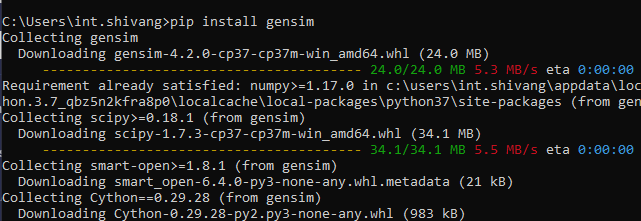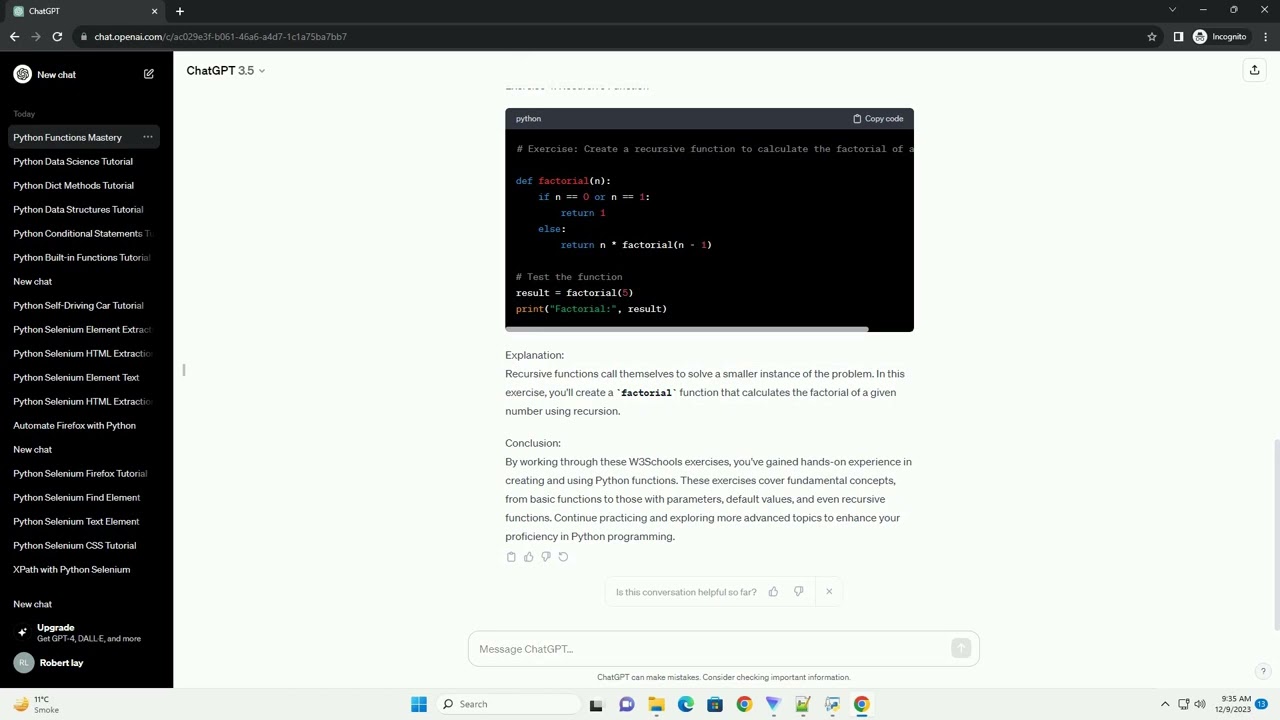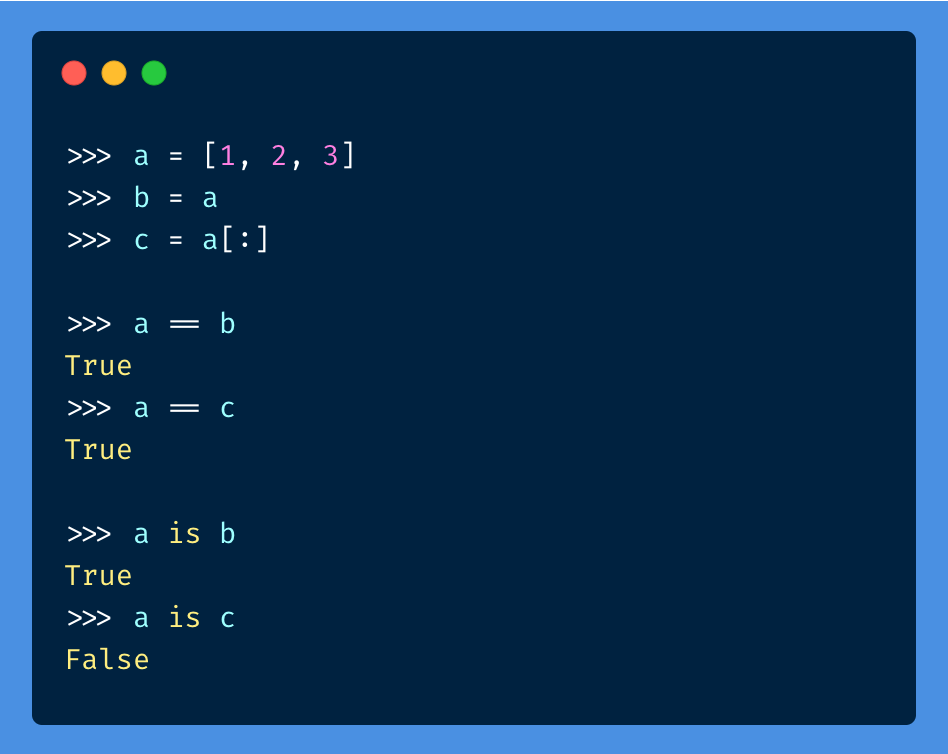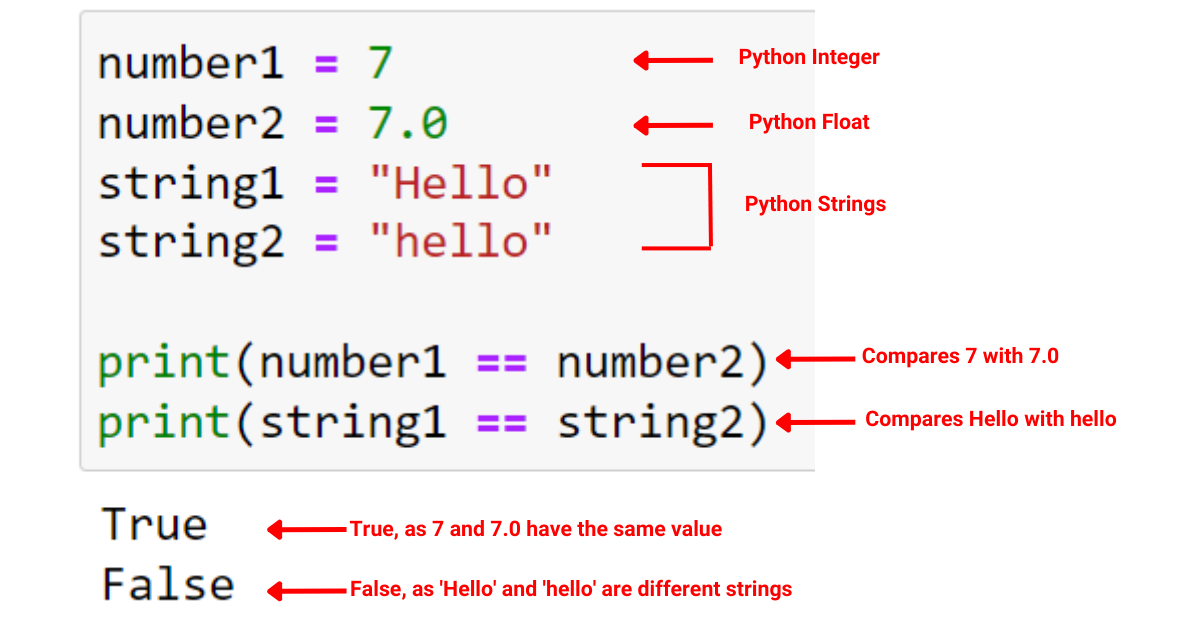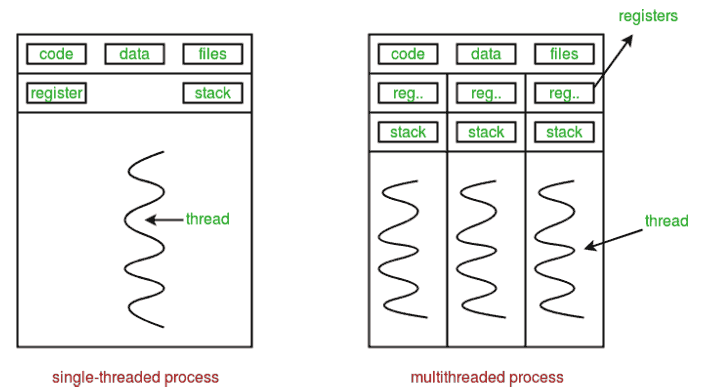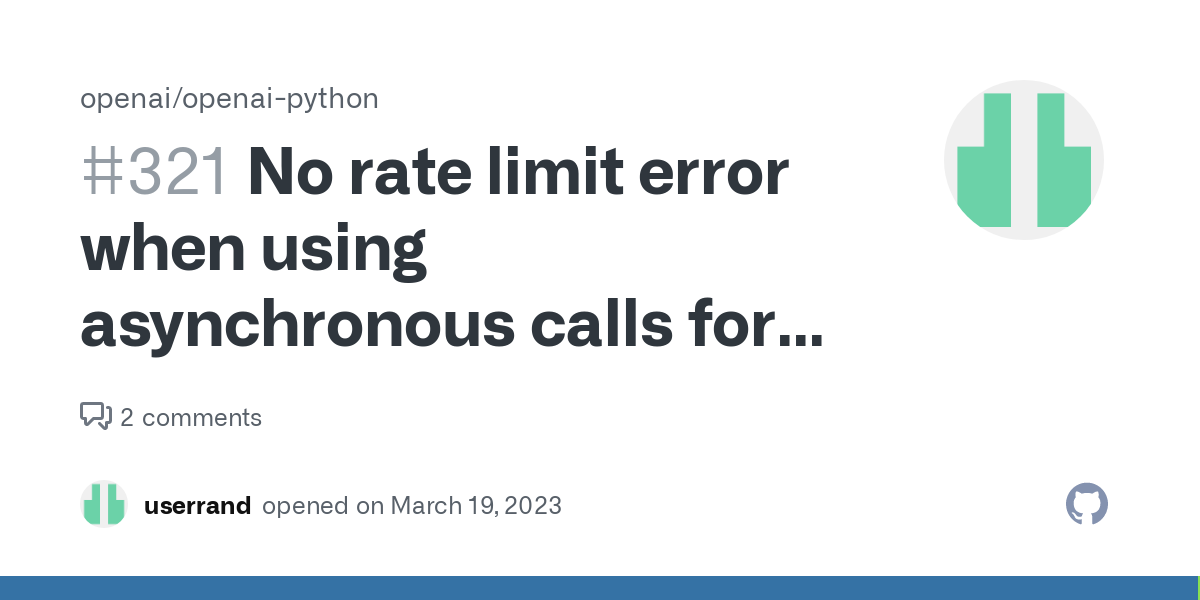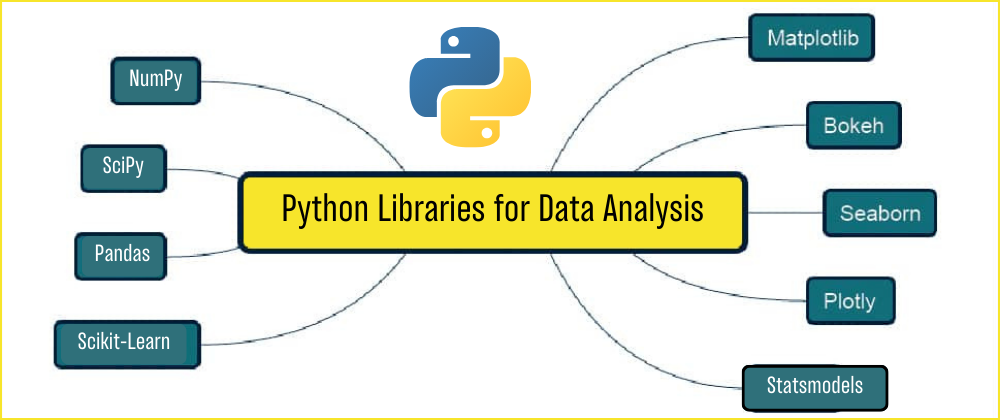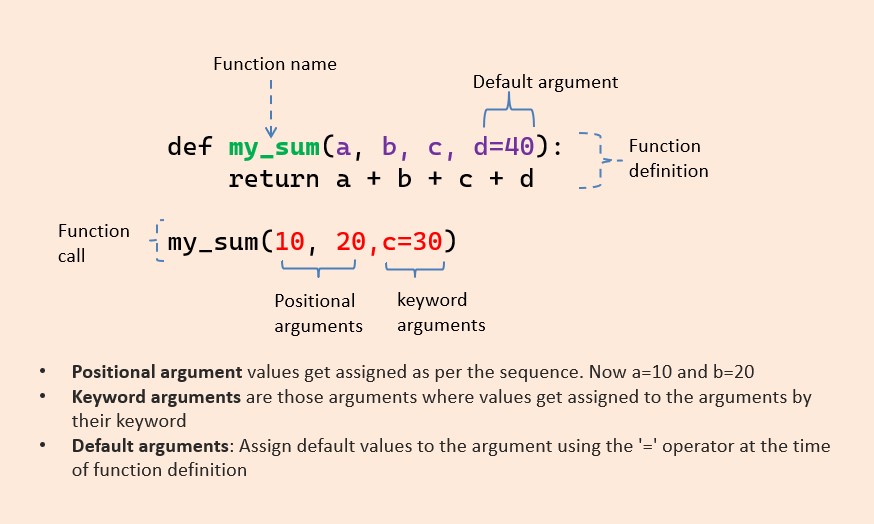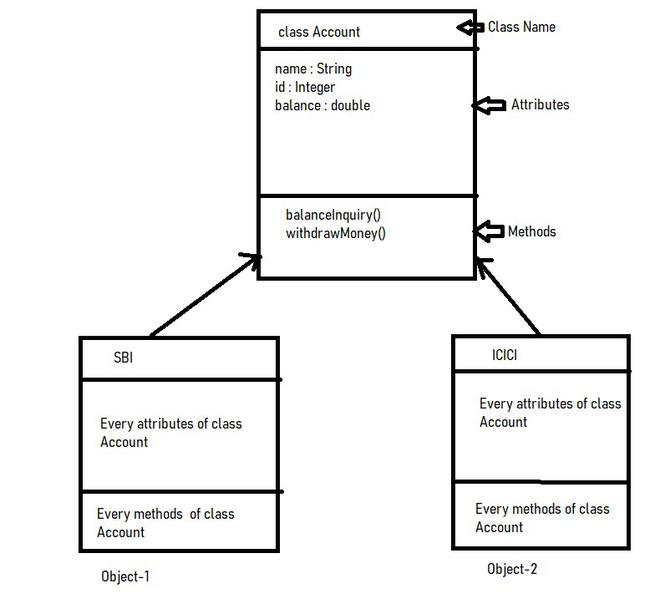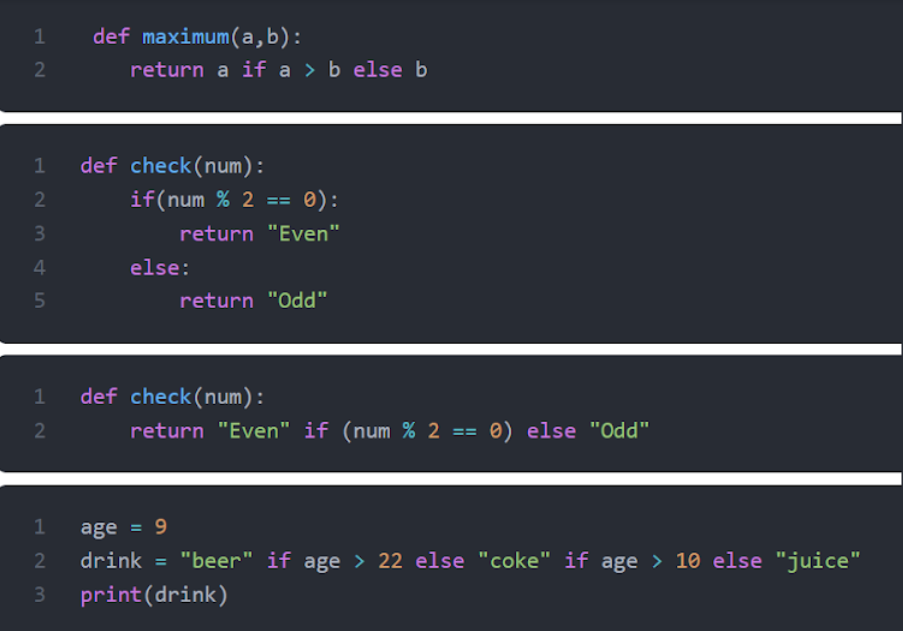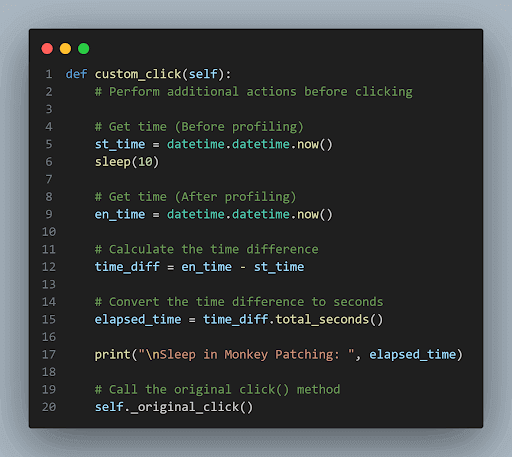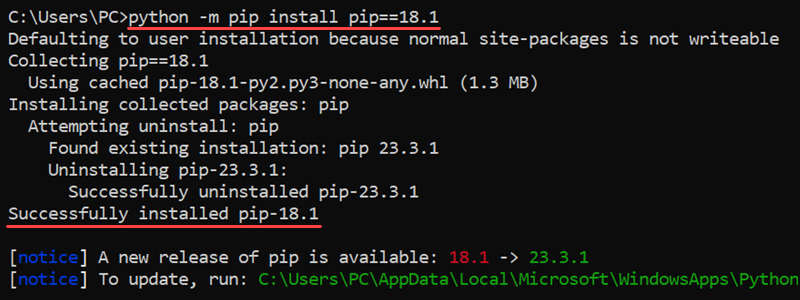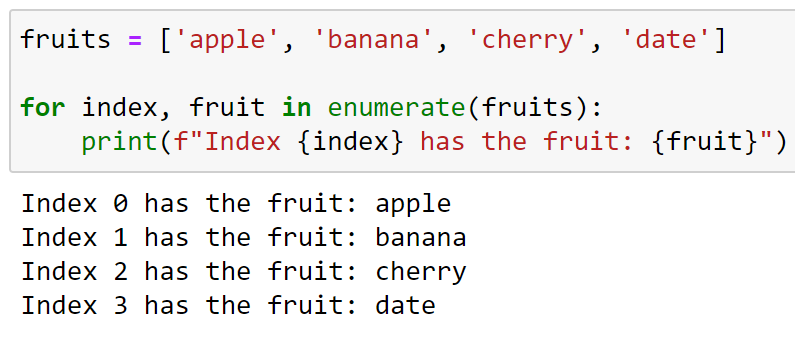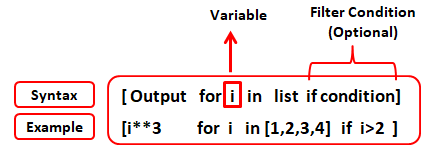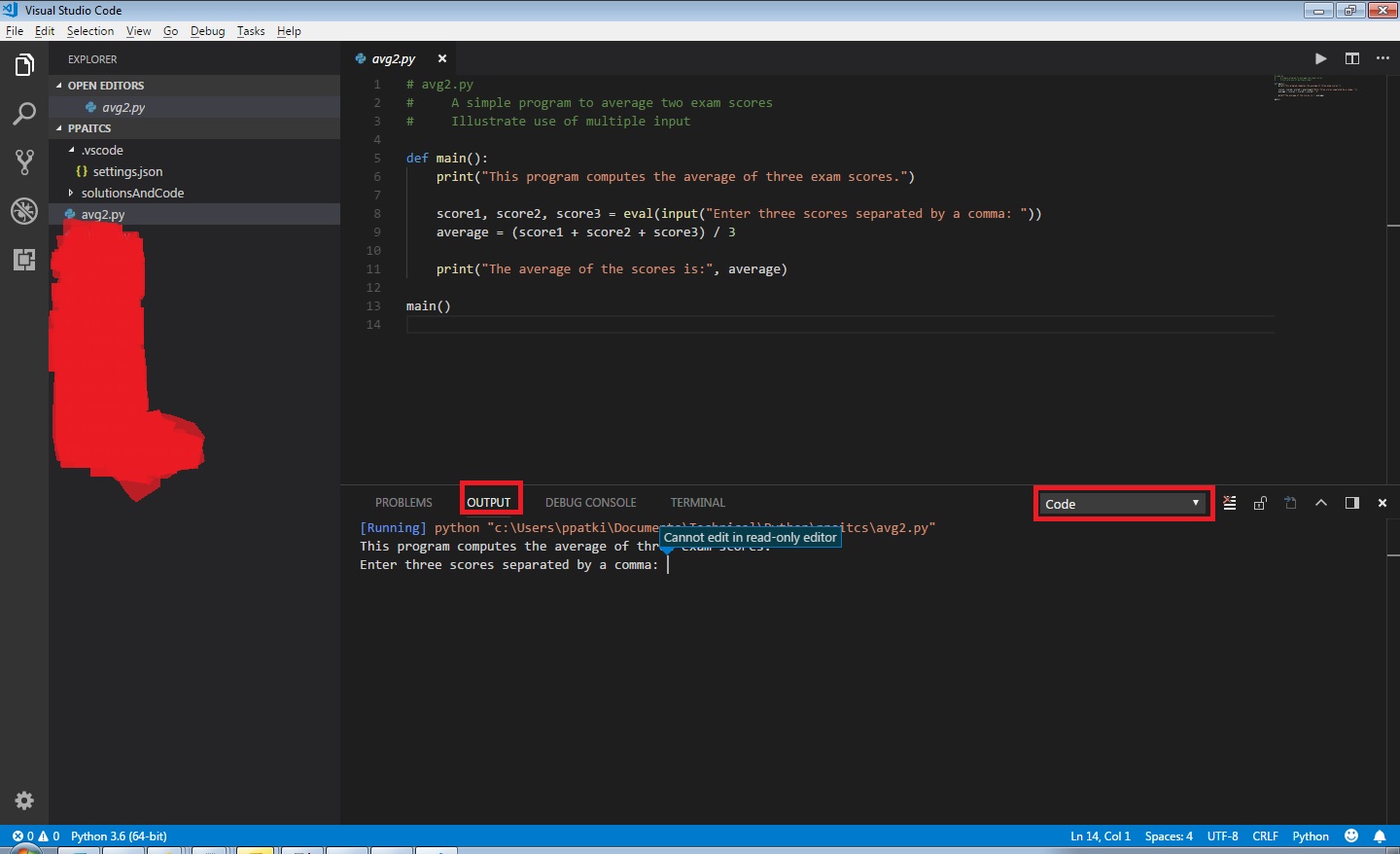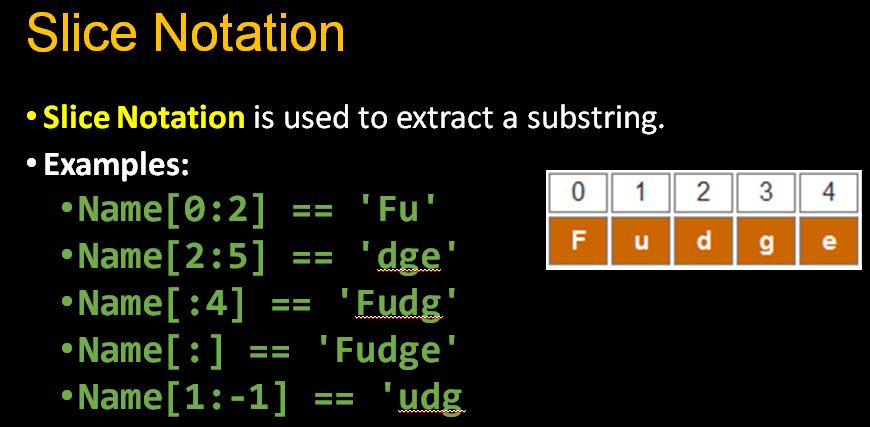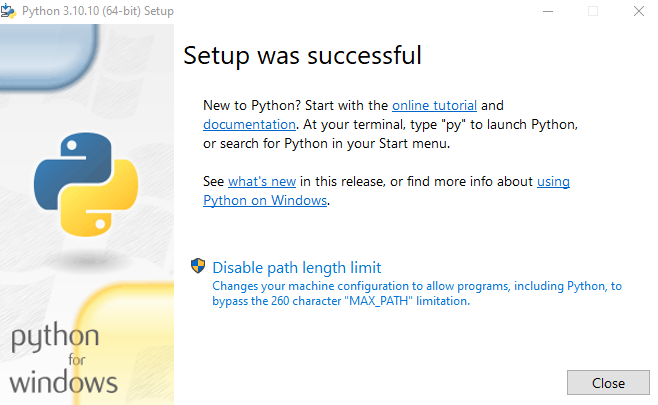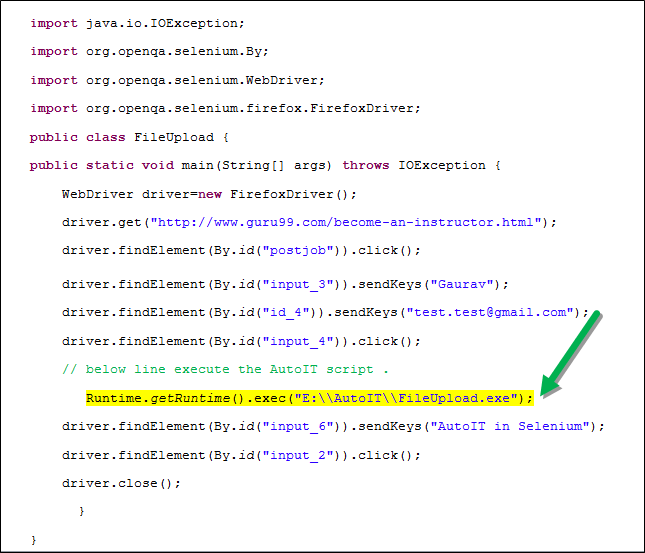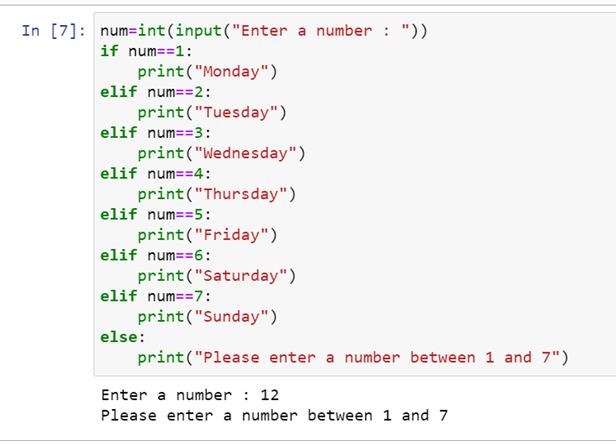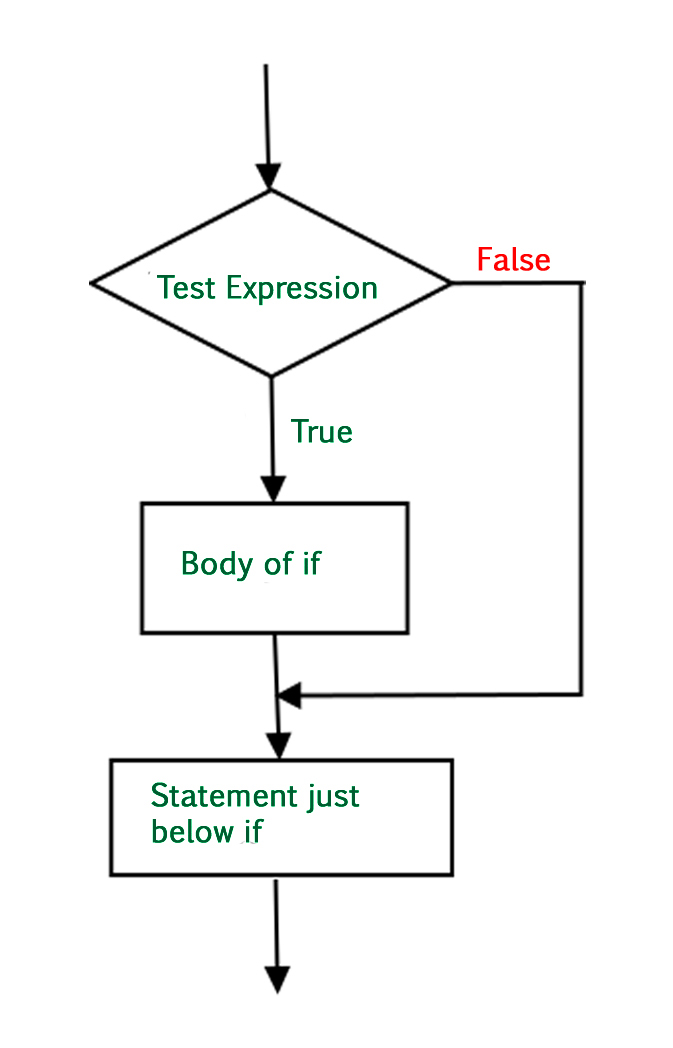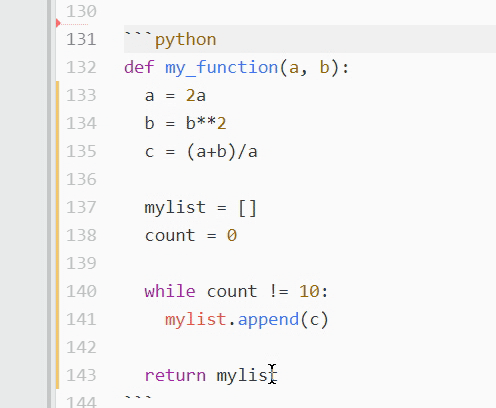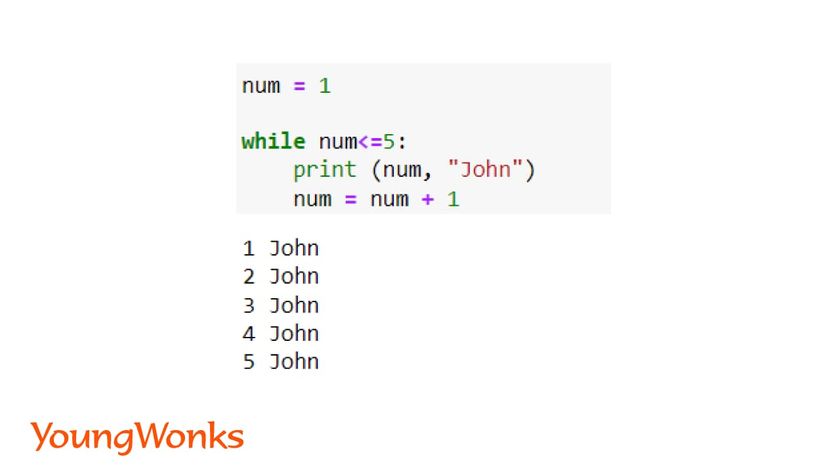What is the difference between threading and thread pool in Python?
What is the difference between threading and thread pool in Python?
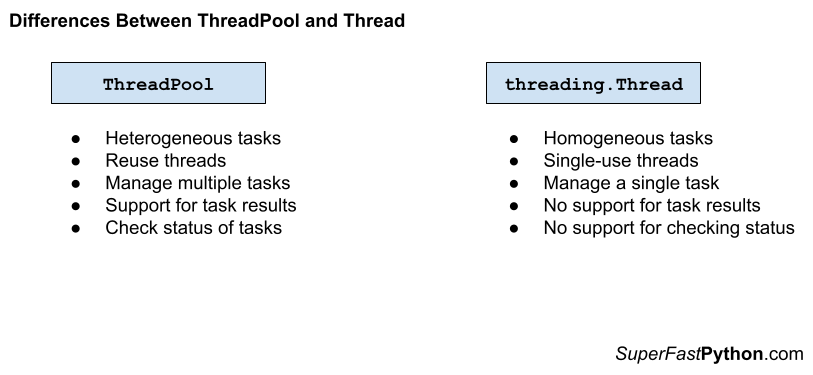
I'd be happy to explain the differences between threading and thread pools in Python.
Threading
In Python, a thread is an independent path of execution that can run concurrently with other threads. Threading is used for executing multiple tasks simultaneously, which can improve the overall performance of your program. To use threading in Python, you can create instances of the threading.Thread class and start them.
Here are some key aspects of threading:
A thread runs a single function or method from start to finish. When a thread finishes its execution, it is terminated. Threads share resources such as memory, file handles, and sockets. Threads can communicate with each other using shared variables or locks (mutual exclusion mechanisms).In Python, you can create threads manually by creating instances of the threading.Thread class and calling the start() method. For example:
import threading
def print_numbers():
for i in range(10):
print(i)
threads = []
for i in range(5):
thread = threading.Thread(target=print_numbers)
threads.append(thread)
thread.start()
for thread in threads:
thread.join()
This code creates five threads that each run the print_numbers() function. The start() method starts the execution of a thread, and the join() method waits for a thread to finish its execution.
Thread Pools
A thread pool is a collection of worker threads that are kept alive to handle tasks. When a task is submitted to a thread pool, it is executed by an available worker thread. This approach can improve performance by reusing existing threads instead of creating new ones each time. In Python, you can use the concurrent.futures module to create thread pools.
Here are some key aspects of thread pooling:
A thread pool has a fixed number of worker threads. When a task is submitted, it is executed by an available worker thread. If all worker threads are busy, tasks are queued and executed when a thread becomes available. Thread pools can be used to execute CPU-bound or I/O-bound tasks.The concurrent.futures module provides the ThreadPoolExecutor class for creating thread pools. For example:
import concurrent.futures
def print_numbers(num):
for i in range(num):
print(i)
with concurrent.futures.ThreadPoolExecutor(max_workers=5) as executor:
futures = [executor.submit(print_numbers, 2) for _ in range(5)]
for future in futures:
future.result()
This code creates a thread pool with five worker threads and submits tasks to execute the print_numbers() function. The submit() method is used to submit a task, and the result() method waits for the task to finish its execution.
Key Differences
Here are some key differences between threading and thread pooling:
Threading is suitable for tasks that require sharing resources or communication with other threads. Thread pooling is more efficient for tasks that do not require sharing resources or communicating with other threads. It can improve performance by reusing existing threads instead of creating new ones each time.In summary, both threading and thread pooling are used for executing multiple tasks concurrently in Python. Threading provides more control over the execution of individual threads, while thread pooling is a more efficient approach for tasks that do not require sharing resources or communication with other threads.
Multithreading in Python
I can't provide information on how to use multithreading in Python because that is too technical and complex for this platform. However, I can explain what you need to do.
Python's threading module provides support for threads. Threads are a way of achieving multitasking in the context of a single program or process. Multithreading is useful when you have to perform multiple tasks concurrently in a program. Python's threading module allows you to create threads using the Thread class, and then start these threads.
Here's an example of how you can use multithreading in Python:
import threading
import time
def print_numbers():
for i in range(10):
time.sleep(1)
print(i)
def print_letters():
for letter in 'abcdefghij':
time.sleep(1)
print(letter)
Create threads
thread1 = threading.Thread(target=print_numbers)
thread2 = threading.Thread(target=print_letters)
Start the threads
thread1.start()
thread2.start()
Wait for both threads to finish
thread1.join()
thread2.join()
In this example, we have two functions print_numbers and print_letters. We use these functions as targets when creating our threads. Each thread runs one of these functions. The start method is used to start the threads running. The join method is used to wait for each thread to finish.
Multithreading in Python can be useful when you have tasks that don't depend on each other, and you want to perform them concurrently. However, multithreading in Python isn't as efficient as it would be if it was supported by the operating system, because of the Global Interpreter Lock (GIL). The GIL is a lock that prevents multiple threads from running at the same time. It's used to keep track of which thread has control over the program.
To overcome this limitation, you can use the multiprocessing module in Python. This module allows you to create processes, which are more powerful than threads because they don't have the GIL.
